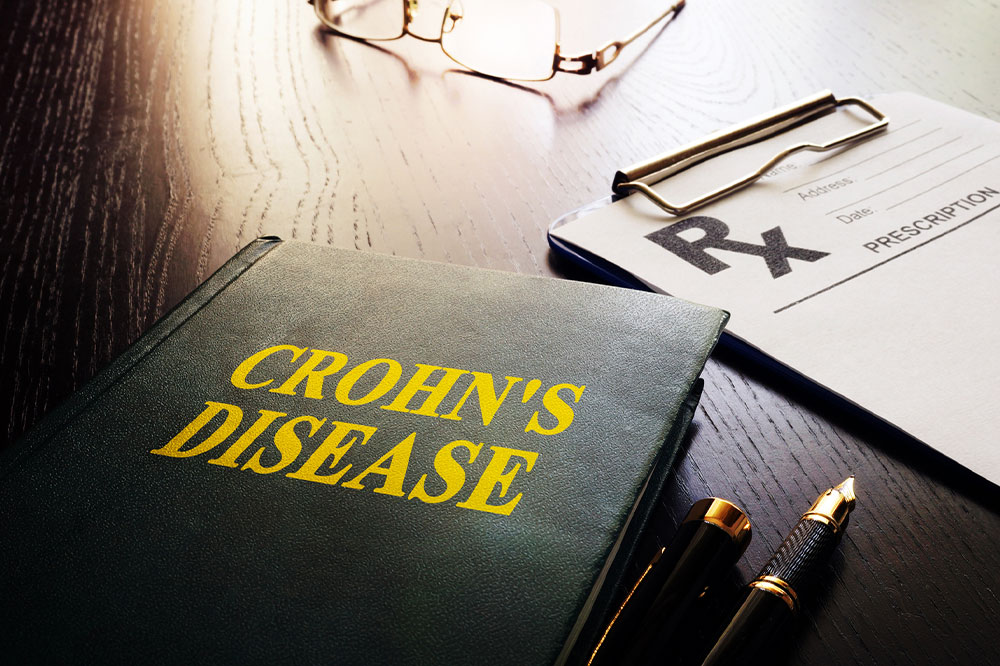Warning signs of Crohn’s disease

Crohn’s disease is a type of IBD, or inflammatory bowel disease, that causes digestive tract inflammation. The inflammation may involve various areas of the digestive tract in people and progresses to deeper bowel layers. It can be debilitating and painful and might result in life-threatening complications. Even though there is no cure for Crohn’s disease, the knowledge of earning warning signs can help with better management. Here are the most prevalent Crohn’s signs:
Rectal bleeding
Since you have inflamed bowels, it might result in ulcer development. These ulcers may be large enough to bleed when you have a bowel movement. Hemorrhoids are also associated with IBD and are a top source of rectal bleeding. Anytime you experience blood in the stool, you must get it evaluated at the earliest and not ignore it.
Anal fissure
A tear in the anal canal or the anus lining is known as the anal fissure. It is usually painful and may also bleed. Unfortunately, it may develop at any age, but the risk of developing anal fissures lowers as you grow older. Moreover, people who have experienced anal fissures in the past are more susceptible to experiencing them again.
Diarrhea
It is another one of the top signs associated with Crohn’s disease.







